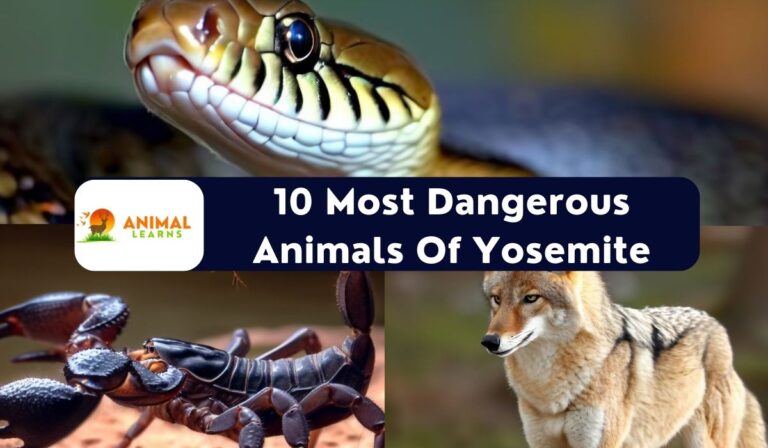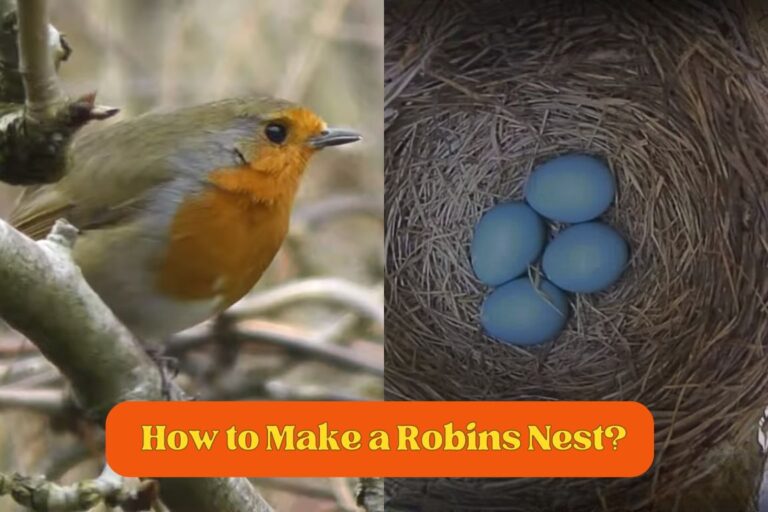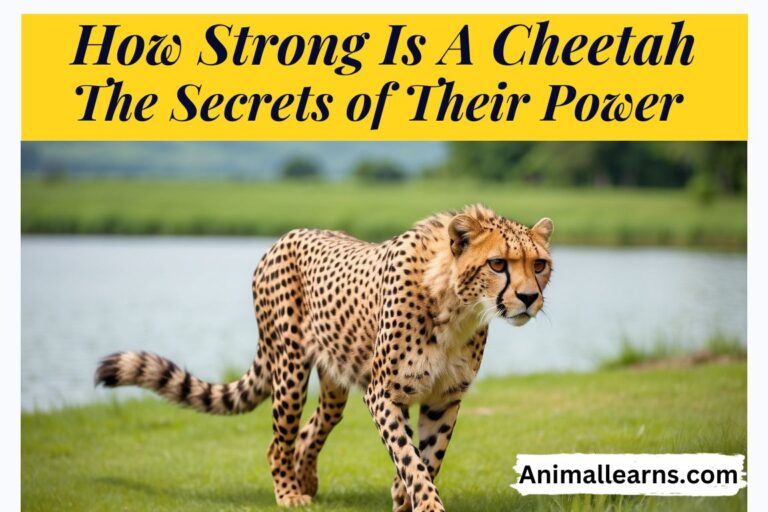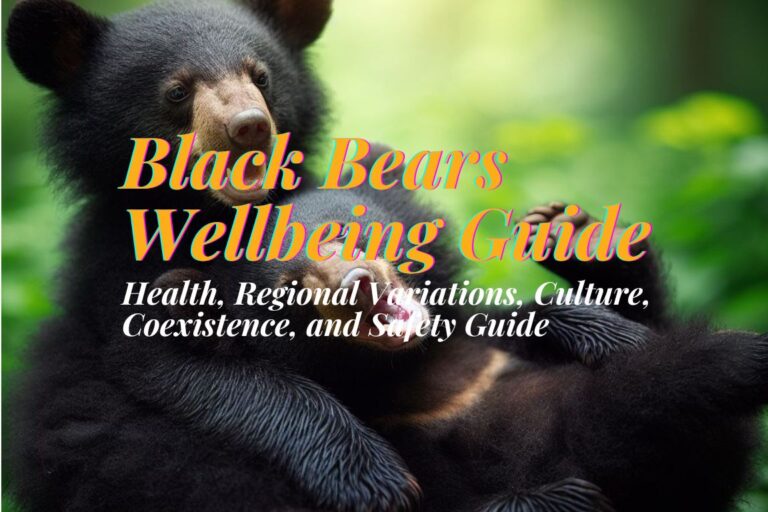Anteaters: The Ultimate Masters of Insect Hunting
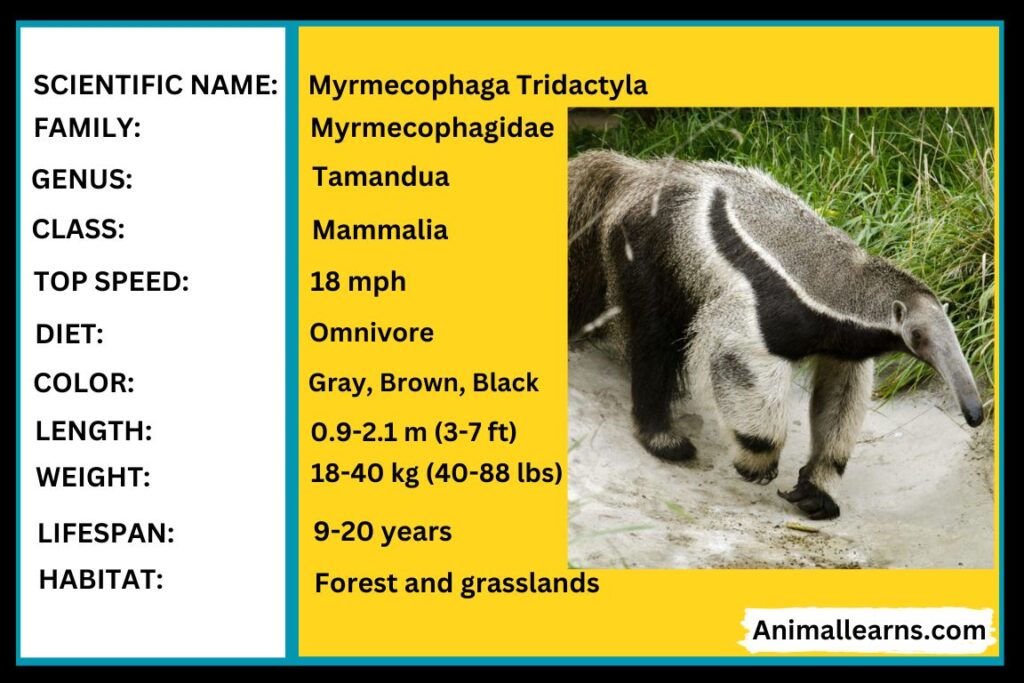
Anteaters are amazing animals that love to eat insects. They live mostly in the Southern Hemisphere, where they find lots of ants and termites. They have no teeth, but they have very long tongues that can lick up thousands of bugs. They also have big claws that help them dig into the insect nests.
Anteaters have long noses, rubbery skin, and shaggy fur that make them unique. They walk on their knuckles to save their claws. Anteaters can eat up to 35,000 insects in a day! That’s a lot of bugs!
They have some special features that help them catch and eat their prey. They don’t have any teeth, but they have very long tongues. Their tongues can reach up to 24 inches (60cm) long! That’s longer than a ruler! They use their tongues to lick up thousands of insects from their nests.
The appearance
Contents

These unique mammals have some incredible adaptations that make them stand out from other animals. Let’s take a look at some of their most distinctive features:
- Their snouts are long and narrow, like a tube. They use them to poke into the nests of ants and termites and reach their tasty snacks.
- Their tongues are even longer than their snouts, and they can stick them out very far. Their tongues are also sticky and covered in tiny hooks that help them catch and collect lots of insects in one go.
- They don’t have any teeth in their mouths, but they don’t need them. They just swallow their prey whole, without chewing.
- Their claws are big and strong, and they use them to dig into the hard soil and break open the nests of ants and termites. They also use them to fight off predators, like jaguars and pumas.
- Their fur is long and shaggy, and it can have different colors depending on the species. Their fur helps them blend in with their surroundings and protects them from insect bites and other dangers.
- Their size can vary a lot, but the biggest ones are the giant anteaters. They can be as long as 3-7 feet , including their tail. They have slim bodies that are adapted for their insect-eating lifestyle.
- Their tails are flexible and can wrap around things. They use them to balance themselves when they stand on their back legs, which they do to look for food or threats.
- Their eyes are small, and their ears are hard to see. They mostly rely on their sense of smell to find food and avoid danger. They are active mostly at night when there are fewer predators around.
8 Incredible Anteater Facts

- The giant anteater is the biggest of them all. It can eat up to 35,000 ants or termites in just 24 hours.
- They have tongues that can reach up to 24 inches long. They can twist and flick them at a speed of 150 times per minute, making them experts at raiding ant mounds.
- They have tube-like mouths that are perfect for sucking up insects. They don’t need teeth to chew their food, because they swallow it whole.
- They have large, curved claws that help them dig up nests. They walk on their knuckles to keep their claws sharp and ready for action.
- Anteaters have distinctive long noses that are made of fused upper and lower jaw bones. Their noses help them breathe and smell their prey.
- They have a keen sense of smell, but poor eyesight. They can sniff out ants and termites from up to 50 feet away.
- They are solitary creatures, except when they mate or raise their young. They usually hunt and forage alone, following their own scent trails.
- They are threatened by habitat loss, illegal trade, and hunting. They need our help to protect them and their homes.
The Fascinating World of Anteater Species
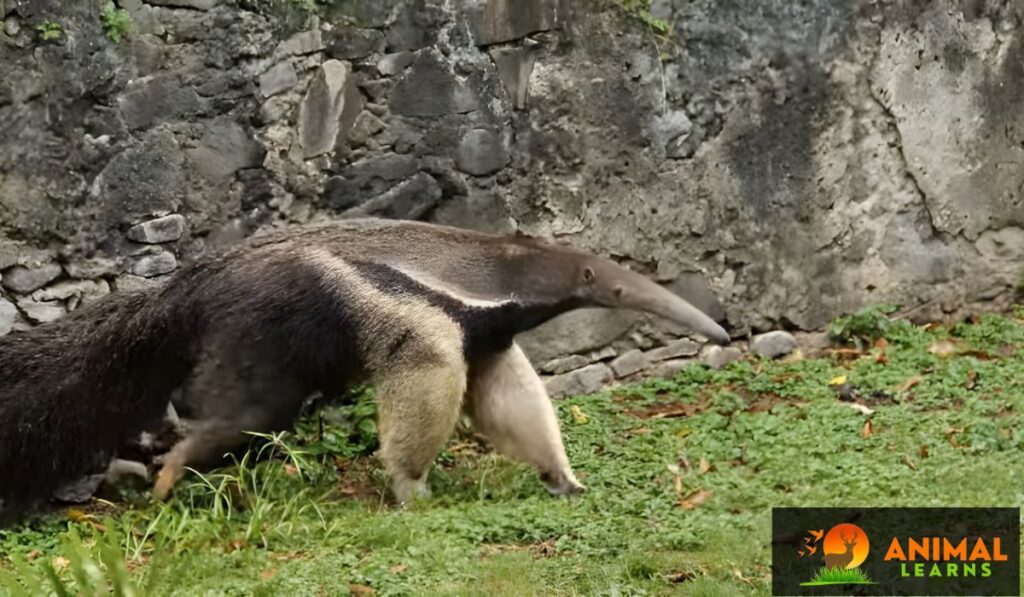
Anteaters encompass a diverse range of species, each with its unique characteristics. The four recognized species are the Giant Anteater, Silky Anteater, Southern Tamandua, and Northern Tamandua. These species vary in size, appearance, and habitat preferences.
The Giant Anteater, scientifically known as Myrmecophaga tridactyla, is the largest of them all, while the Silky Anteater, belonging to the Cyclopes didactylus species, is the smallest. Exploring these distinct anteater species sheds light on the rich diversity within this remarkable animal family.
Social Systems of Anteaters
They are not very social animals, and they like to keep to themselves most of the time. Here are some facts about their solitary behavior:
- They have their own territories, which they mark with their scent. They don’t like other anteaters to come into their space, and they will fight them off if they do.
- They don’t hang out with other anteaters, except when they want to mate. They only meet for a short time, and then they go their separate ways again.
- They take care of their babies for a while, but they don’t stay together for long. The young anteaters learn to fend for themselves and become independent.
- They don’t talk much, but they use their smell to communicate. They can tell if another anteater is nearby by sniffing their scent marks. This helps them avoid unnecessary conflicts.
Predators

They may look harmless, but they have some fierce enemies in the wild. These are some of the animals that can harm or even kill anteaters:
- Jaguars: These are the biggest and strongest cats in the Americas, and they live in the same places as anteaters. They can hunt down and overpower anteaters with their sharp teeth and claws.
- Pumas: These are also known as cougars or mountain lions, and they are smaller than jaguars but still very dangerous. They can sneak up on anteaters and attack them from behind.
- Large Birds of Prey: Some big birds, like eagles and owls, can fly over anteaters and swoop down on them. They can target young or weak anteaters that can’t defend themselves well.
- Humans: Anteaters are not food for humans, but humans can still hurt them in other ways. They can destroy their homes, hit them with cars, or capture them for illegal trade.
- Ticks and Parasites: Anteaters can get sick from ticks and other bugs that live on their skin or inside their bodies. These can make them weak and vulnerable to other threats.
They are not defenseless, though. They have some amazing ways to protect themselves from their enemies, such as:
- Their claws are their main weapon. They can use them to dig, fight, or scare off their attackers.
- Their tails are their main shield. They can use them to cover their faces or wrap around their bodies.
- Their posture is their main trick. They can stand on their back legs and look bigger and stronger than they really are.
As you can see, anteaters are very private animals that enjoy their solitude. They are not interested in making friends or forming groups. They are happy to live alone and eat their favorite food.
Are Anteaters Dangerous?
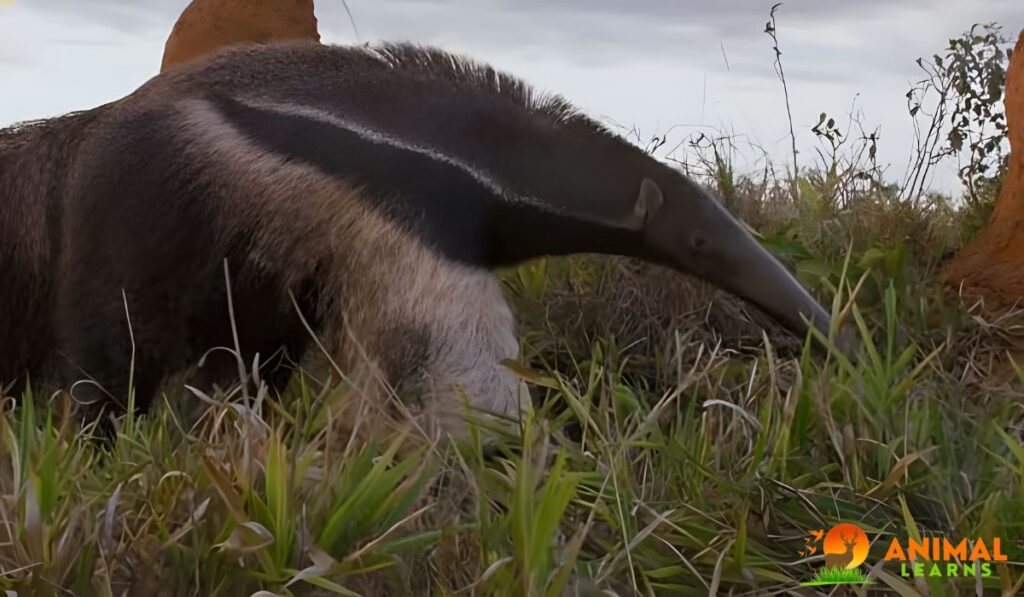
Anteaters, despite their fearsome appearance with long snouts and sharp claws, are not inherently dangerous to humans. These unique creatures are primarily insectivores, specializing in consuming ants and termites. While their powerful claws are designed for digging into ant mounds, they are rarely used in self-defense.
Anteaters are generally docile and tend to avoid confrontations. However, if cornered or threatened, they may resort to defending themselves with their sharp claws.
Mating
They are not very social animals, but they do mate with each other during certain times of the year. Here are some interesting facts about how anteaters mate and raise their young:
- Mating Season: Anteaters have a special time for mating, which can be different for each species and place. This is when they look for a partner to make babies with.
- Mating Rituals: Male anteaters try to impress female anteaters with various tricks. They can make noises, show off their strength, or leave their scent marks.
- Mating Behavior: When a male and female anteater find each other, they mate quickly and sometimes roughly. They don’t stay together for long after that.
- Gestation: Female anteaters carry their babies inside them for several months. The length of this time can vary among species.
- Offspring: Female anteaters usually have one baby at a time, sometimes two. The baby anteaters are born ready to explore the world and ride on their mother’s back.
- Parental Care: Female anteaters take care of their babies, feeding and protecting them until they can take care of themselves. The time they spend with their babies can vary among species.
- Independence: As baby anteaters grow up and learn to hunt for insects, they become more independent from their mothers and start to live alone, like adult anteaters.
Read More about Fascinating Anteaters Types, Habitat, Distribution, Characteristics, Behavior, And Lifestyle
FAQs
What are anteaters?
They are medium-sized mammals found in the Southern Hemisphere known for their long snouts and specialized tongues for eating ants and termites.
What is the scientific name of anteaters?
The scientific name for anteaters varies by species. For example, the giant anteater is known as Myrmecophaga tridactyla.
What is the primary diet of anteaters?
Anteaters primarily feed on ants and termites, using their long tongues to lap up these insects.
Do anteaters have teeth?
No, They are edentate animals, meaning they have no teeth. They rely on their long tongues and powerful claws to feed.
Are anteaters endangered?
The conservation status of anteater species varies, with some, like the giant anteater, being classified as vulnerable or endangered due to habitat loss and poaching, while others are less threatened. Conservation efforts are in place to protect these unique animals.








